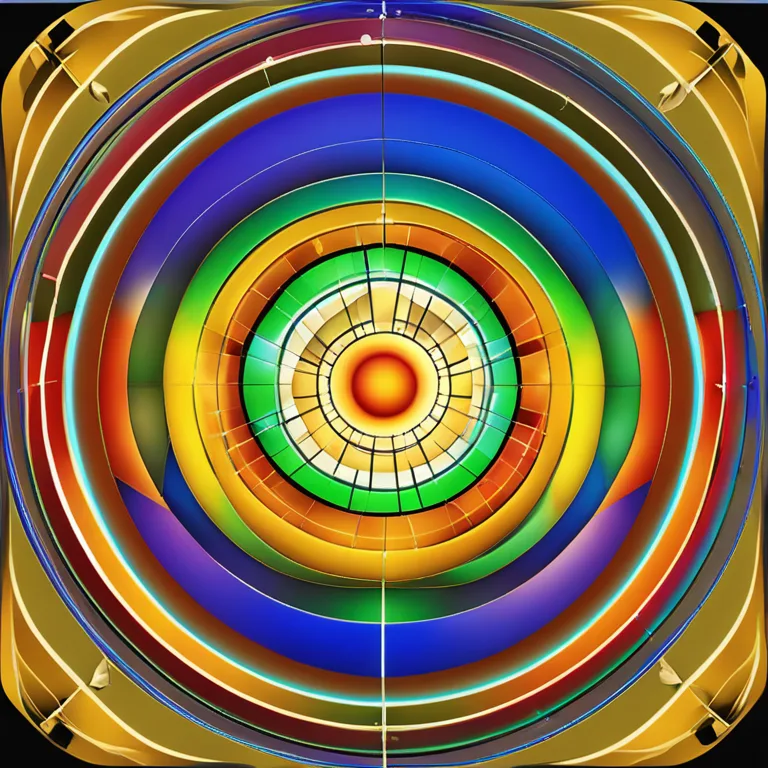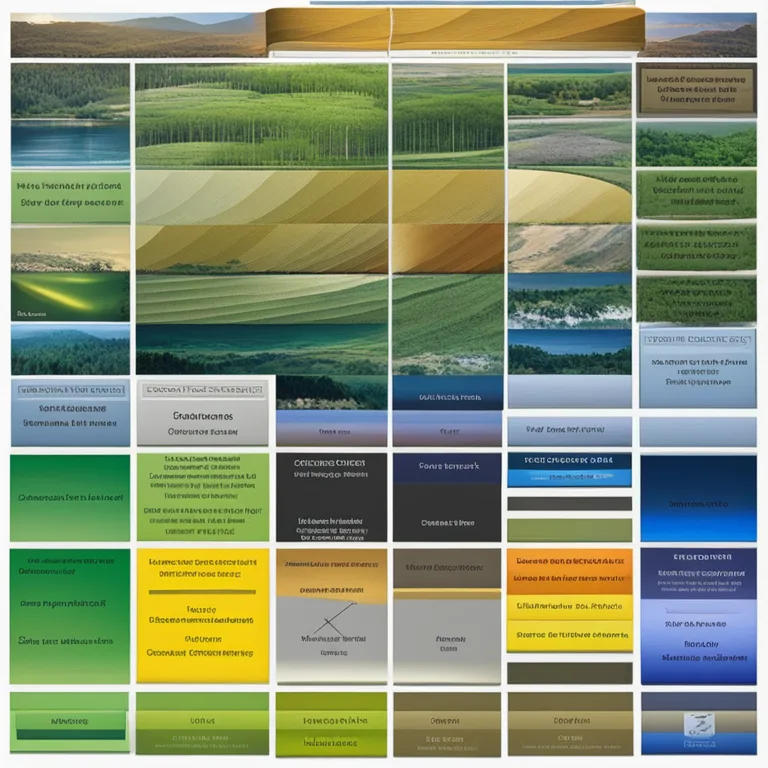
The Basis of Biorhythms: Biological Cycles Explored
Delve into the foundations of biorhythms and discover how these natural cycles influence our daily lives and well-being.
article by Adrian Wallace
Introduction to Biorhythms
Biorhythms are a concept that refers to the hypothesized cycles of physical, emotional, and intellectual energy that regulate human behavior. These cycles are said to begin at birth and oscillate in predictable patterns throughout the lifespan. The theory of biorhythms suggests that by understanding these patterns, individuals can predict their peak performance times and emotional states. While not scientifically proven, biorhythms have found a niche following with people looking to optimize their well-being through holistic measures.

The Three Primary Cycles
Biorhythm theory posits three main cycles: physical, emotional, and intellectual. The physical cycle, lasting 23 days, influences strength, coordination, and wellness. The emotional cycle, with a duration of 28 days, affects mood, creativity, and perception. Finally, the intellectual cycle spans 33 days, governing analytical thinking, learning, and problem-solving. These cycles are believed to ebb and flow, from positive phases to negative ones, affecting our capabilities during each phase.

Historical Roots and Evolution
The biorhythm model originated in the 19th century and was popularized in the early 20th century by figures such as Wilhelm Fliess, a friend of Sigmund Freud. Through the 1970s, biorhythms gained traction as a self-help phenomenon. In contemporary practice, biorhythm charts often incorporate modern technology, with digital calculators and apps providing personalized analyses that align with the growing interest in quantified self-movement.

Scientific Scrutiny and Public Perception
Despite its popularity, the scientific community largely regards biorhythms as pseudoscience due to a lack of empirical evidence. Critics point to studies that have failed to show consistent correlations between cycle predictions and actual performance or mood. Nevertheless, public interest remains, with proponents arguing that biorhythms offer a framework for introspection and personal rhythm tracking, if not predictive accuracy.
Biorhythms in the Digital Age
The advent of wearable technology and sophisticated algorithms has breathed new life into biorhythm practices. Developers now claim to track and analyze physiological data in real-time, integrating concepts akin to biorhythms into personalized health and lifestyle advice. While these applications don't validate the original biorhythm theory, they reflect a modern interpretation of how biological rhythms might interface with daily living.
Applying Biorhythm Principles
For those interested in biorhythms, there are various ways to apply their principles. Individuals can use biorhythm calculators to plot their cycles and consider timings for important activities. While the efficacy of these practices is debated, some users find value in the heightened self-awareness and reflective opportunities that come from monitoring one's personal cycles.
Future Perspectives
As our understanding of human biology and cognitive science advances, it's possible that new insights could emerge that lend credence to aspects of biorhythm theory or help evolve the concept into new forms. For now, biorhythms remain a subject of curiosity, and for some, a tool for personal growth and planning, underscored by the perennial human desire to find patterns in life's ebbs and flows.
Published: 1/4/2024
Modified: 1/4/2024
More predictions
Come back here soon to learn more about yourself and your future


Unlocking The Accuracy of Biorhythms
Delve into the realm of biorhythms to discover their reliability and impact on daily life in this insightful article.


The Practical Uses of Biorhythms In Today's Life
Discover the significant applications of biorhythm theory in everyday living, from health optimization to decision-making.


The Practical Uses of Biorhythms in Daily Life
Discover the practical applications of biorhythms across various aspects of daily living, from personal health to decision-making.